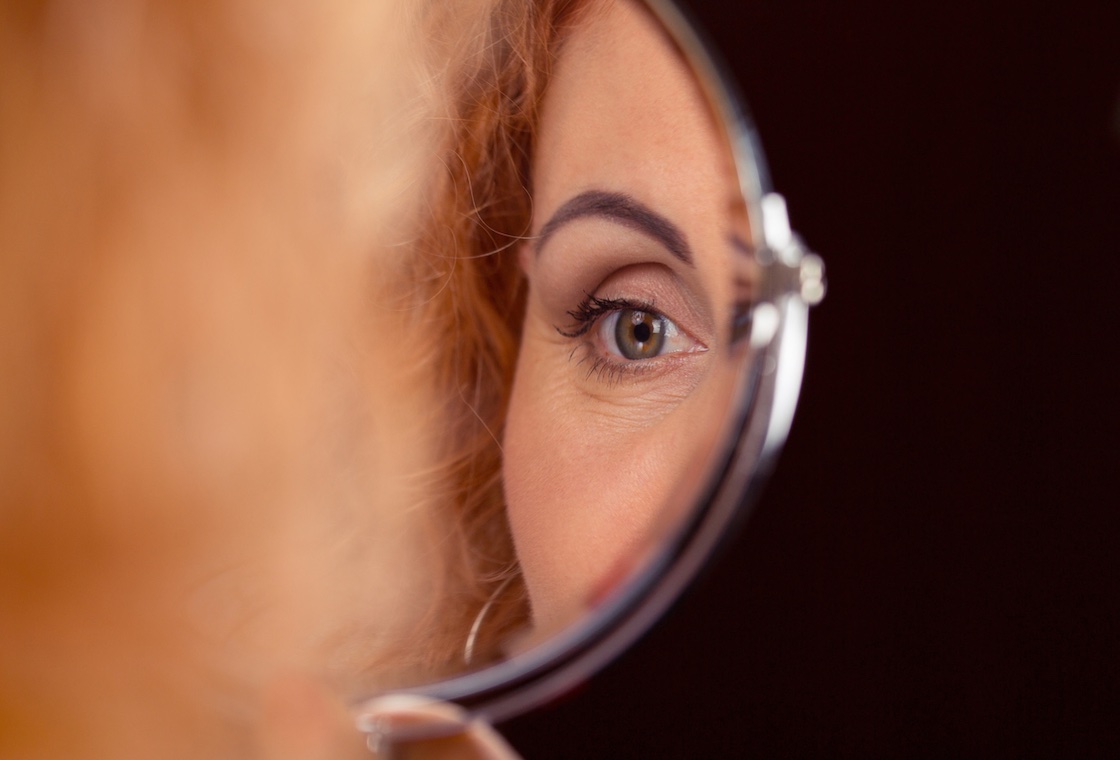Eyelid surgery, commonly known as an eyelid lift, eyelift, or medically, a blepharoplasty, is a type of surgery involving the removal of excess skin, fat, and muscle from the upper or lower eyelids.
Many people undergo eyelid surgery for purely cosmetic reasons, such as for reducing puffiness and sagging in the eyelids, or to create a rejuvenated appearance, as sagging eyelids can make one look sick or tired. Eyelid surgery can also be performed for medical reasons to improve vision when excess skin or fat around the eyes interferes with eyesight.
People also commonly undergo eyelid surgery in combination with other types of cosmetic procedures to further enhance their appearance.
- Facelift: Reduces signs of visible facial aging caused by sagging skin and deep folds and facial creases.
- Brow lift: Also known as a forehead lift, the procedure involves tightening sagging skin on the forehead.
Table of Contents
Candidacy
You may make a good candidate for eyelid surgery if:
- You have puffy upper eyelids due to excess fatty deposits.
- You have sagging or loose skin causing folds or affecting the shape of your upper eyelid, possibly impairing your vision.
- You have fine wrinkles or excess skin around the lower eyelid or bags under your eyes.
Eyelid Surgery Cost
According to the American Society of Plastic Surgeons, the average cost of eyelid surgery was $3,282 in the most recent year that statistics were kept. Keep in mind that your individual procedure may be more or less, depending upon factors like your geographic location and individual plastic surgeon.
The Procedure
Your eyelid surgery will be performed at either an outpatient surgery clinic or a hospital. Your plastic surgeon will create incisions on your upper eyelids, or just under the lower eyelash line for the lower eyelids.
By forming incisions in natural eyelid creases, your plastic surgeon can make scars less visible. Some surgeons create incisions on the inside part of the lower eyelid.
During your eyelid procedure, your plastic surgeon will be repositioning or removing fat deposits, tightening tissues and muscles, and removing excess eyelid skin to create the results that you are looking for. Finally, they will seal your incisions using sutures, surgical tape or skin adhesives.
In most cases, eyelid surgery is performed as an outpatient procedure, meaning that you can return home as soon as the anesthesia wears off. Factors going into the decision of where your procedure will be performed include your age, general health, medical history and personal preference.
Eyelid Surgery Recovery Timeline
Here is what to expect at every stage of your recovery from eyelid surgery:
First 24 Hours
Like most types of cosmetic surgery, the first 24 hours should be spent resting and engaging in as little physical exertion as possible. You need to be elevating your head when you are lying down or sleeping. You can elevate your head by using a large wedge-shaped pillow or two firm pillows. Avoid turning your head to either side as much as possible. Sleep on your back while you are propped up.
It is normal for the eyelids to feel swollen and tight, as post-operative swelling will be a significant factor at this time.
Use any ointment or eye drops as instructed by your surgeon. Over-the-counter pain relievers should be enough to deal with any discomfort that you are having. It also helps to use a cold compress to relieve discomfort and swelling.
First Week After
Expect to still be dealing with significant swelling and puffiness around your eyes. This should subside within about 10 days. Don’t be surprised if the incisions around your eyes are reddish or pink, and your eyelids may be numb for a few days.
Is also common for the eyes to be dry or watery and quite sensitive to light. You may have quite a bit of bruising around your eyes, leading to a “black-eyed” appearance.
Another common side effect of eyelid surgery is blurriness or double vision. You can wear dark sunglasses at this time, especially if you will be going outdoors.
Next Few Months
If you are like most eyelid surgery patients, you’ll need at least a week or two off from work.
In about two weeks, you can begin wearing contact lenses and light makeup again. Keep those dark sunglasses handy, as you will still be wearing them outside to protect your eyes from the environment.
During the first month or so, avoid excessive screen time that could dry out your eyes, such as staring too long at a smart phone or computer, or even watching too much TV.
About six weeks post-surgery, you should be gratified by beginning to see the final results of your eyelid surgery. Don’t be surprised if there is still some lingering swelling around your eyes.
During this time, your eyes should start appearing rejuvenated, more youthful and refreshed. Your patience is finally being rewarded by being able to enjoy the positive benefits of eyelid surgery and a successfully navigated recovery period.


